Historical KL
Kuala Lumpur, the capital City of Malaysia, is also called affectionately by the locals as "KL".
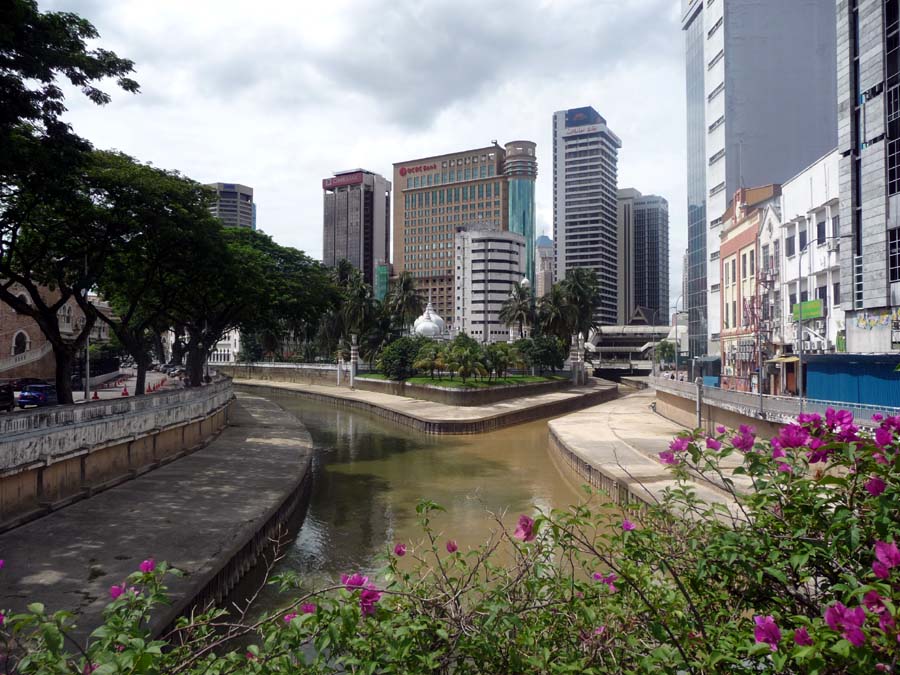
|
|
Like many other great cities in the world, KL is located by the river. In fact, KL is situated at the confluence of two rivers. In the late 19th century, this was the landing point where the Chinese Coolies arrived in search of tin in Malaysia. |
|
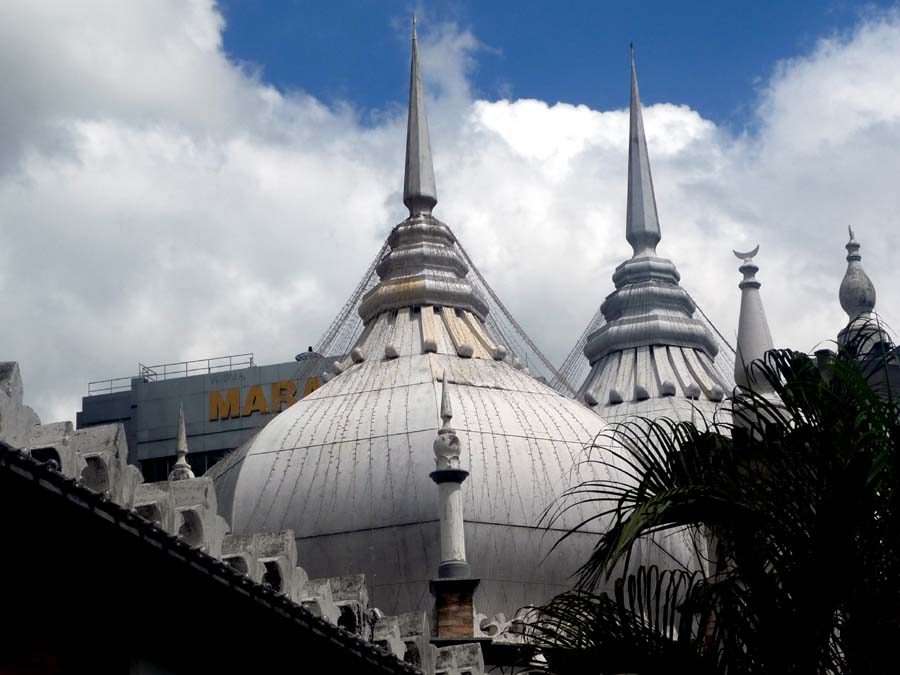
|
|
Jamek Mosque was built at the confluence in 1908 and is one of the oldest surviving mosque in KL. It has three domes and two minarets facing east. |
|
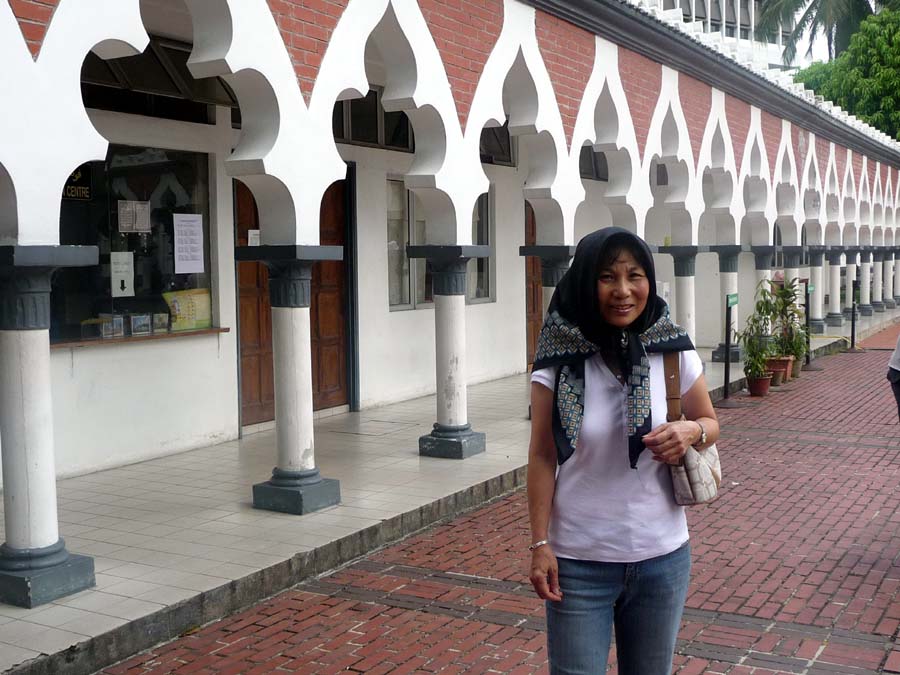
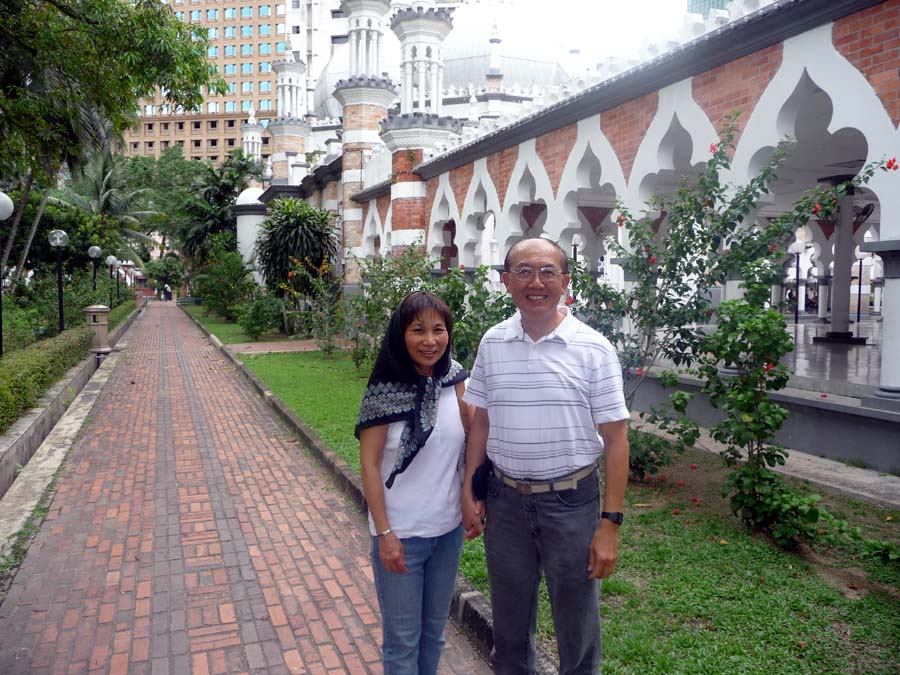
|
|
To visit the mosque in Malaysia, you must wear the proper attire with no shorts. For women, a scarf is also needed. |
|
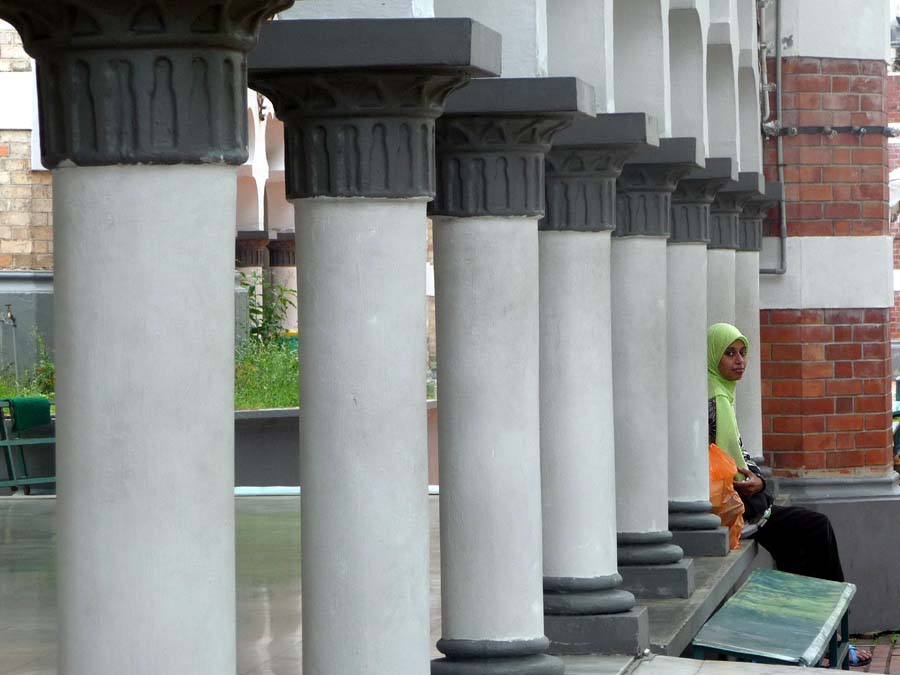
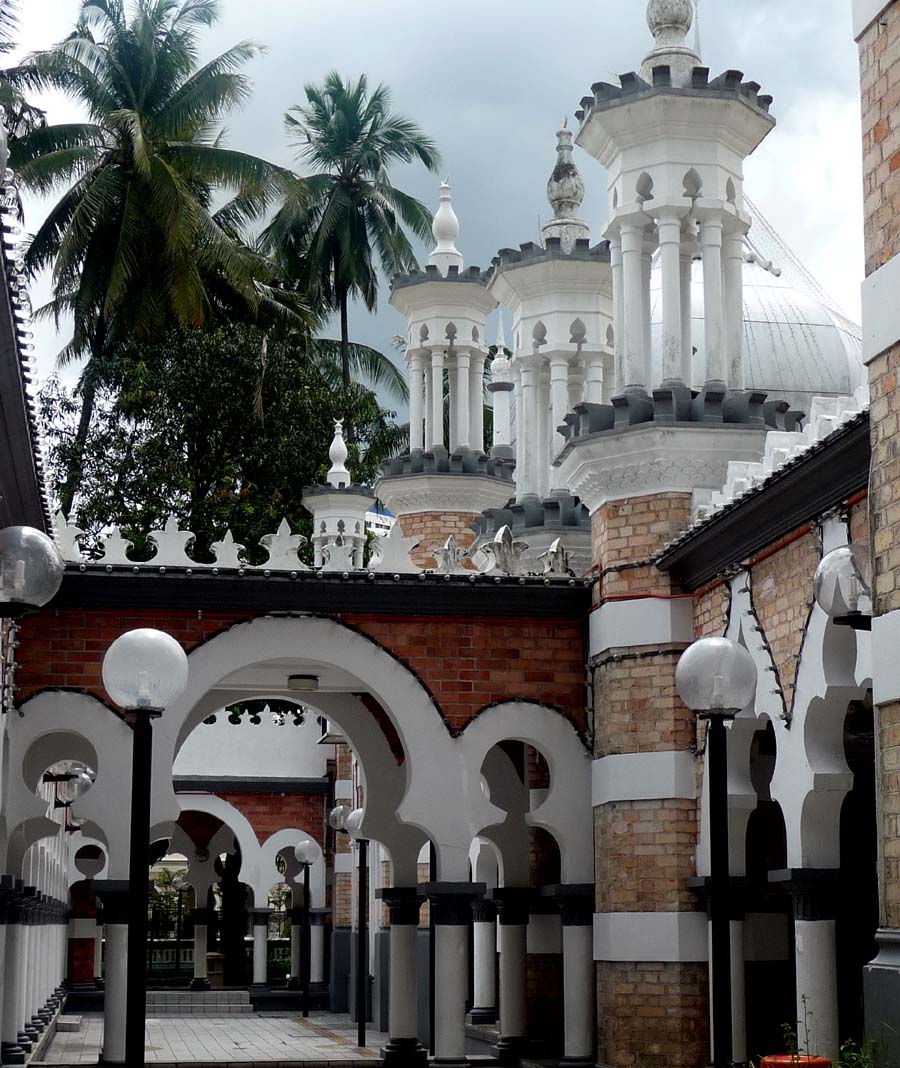
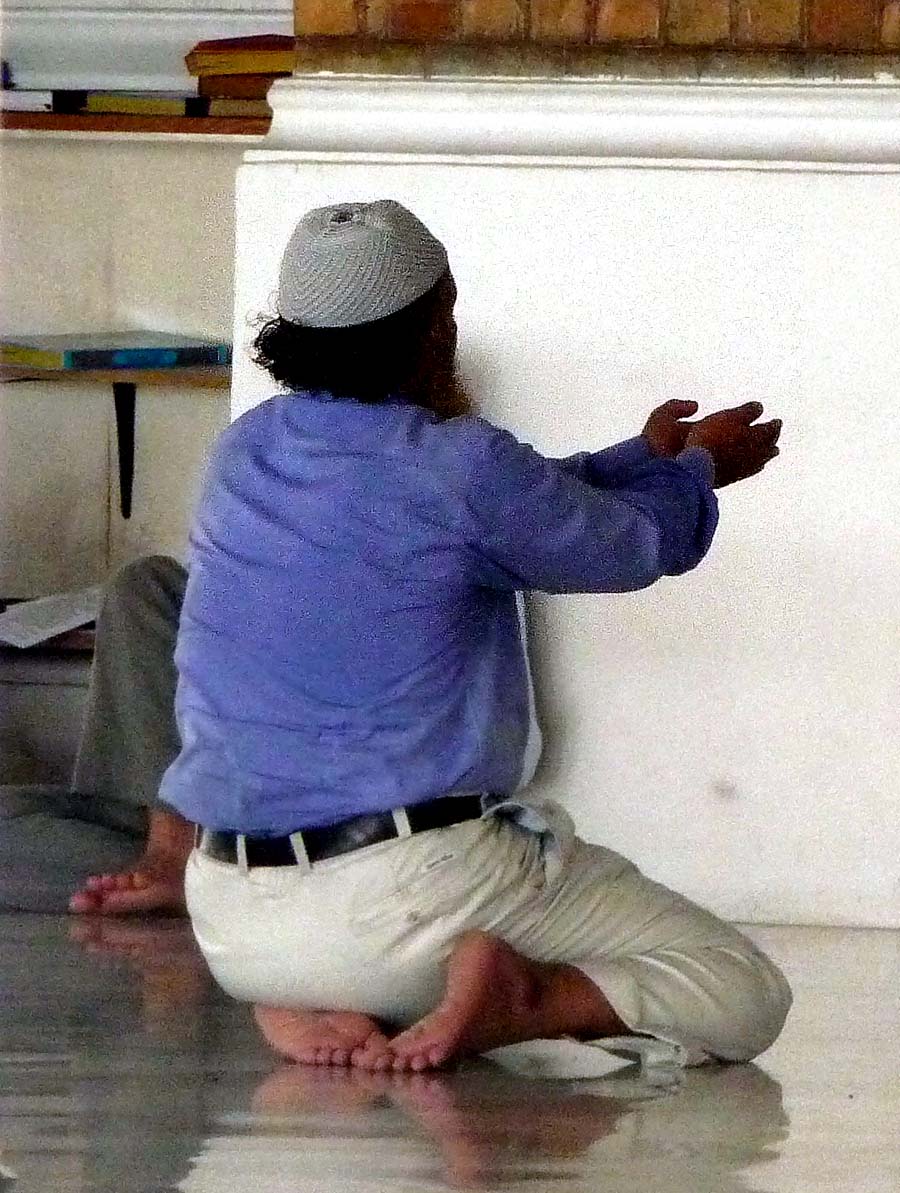
|
|
If you are not of the Islamic faith, you were not allowed to go into the prayer area. |
|
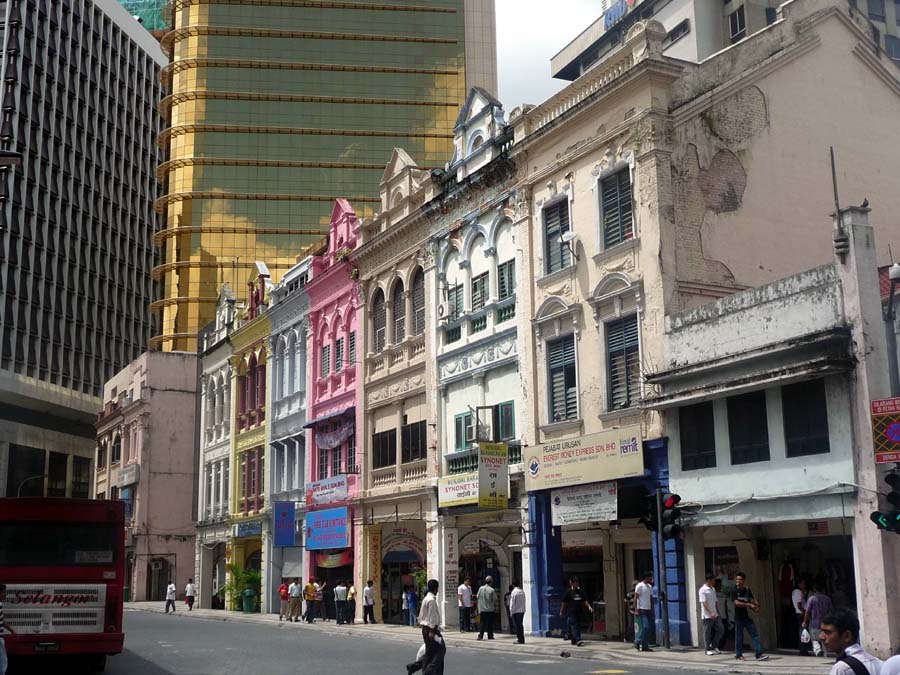
|
|
Across from the river is Medan Pasar, the old Market Square. It was the business and social center for the local mining settlements where many Chinese congregated in the 19th century. |
|
|
|
Yap Ah Loy 葉亞來 arrived Malaysia in 1854 from China 廣東 淡水鎮. He was just 17 years old and was a Hakka 客家人. During his stay, he rebuilt KL three times, first after the civil war, then a fire and a storm. He also became the richest man and the Kapitan Cina - captain of the Chinese in Malaysia and was considered a founder of KL. |
|
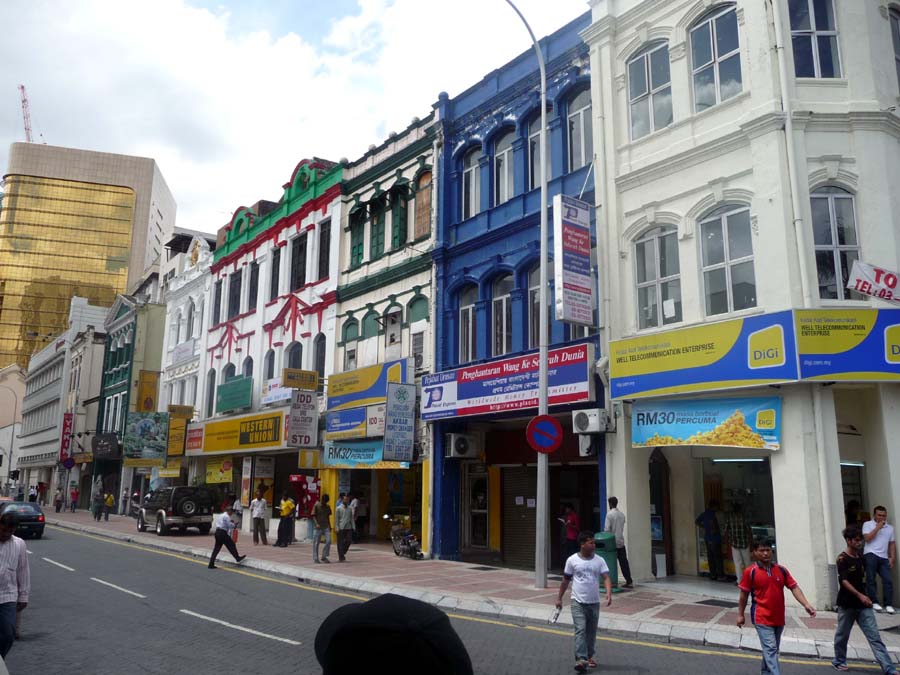
|
|
Much to the chagrin and dismay of the Malay nationalists, the man who was considered the founder of KL was an immigrant from China. |
|
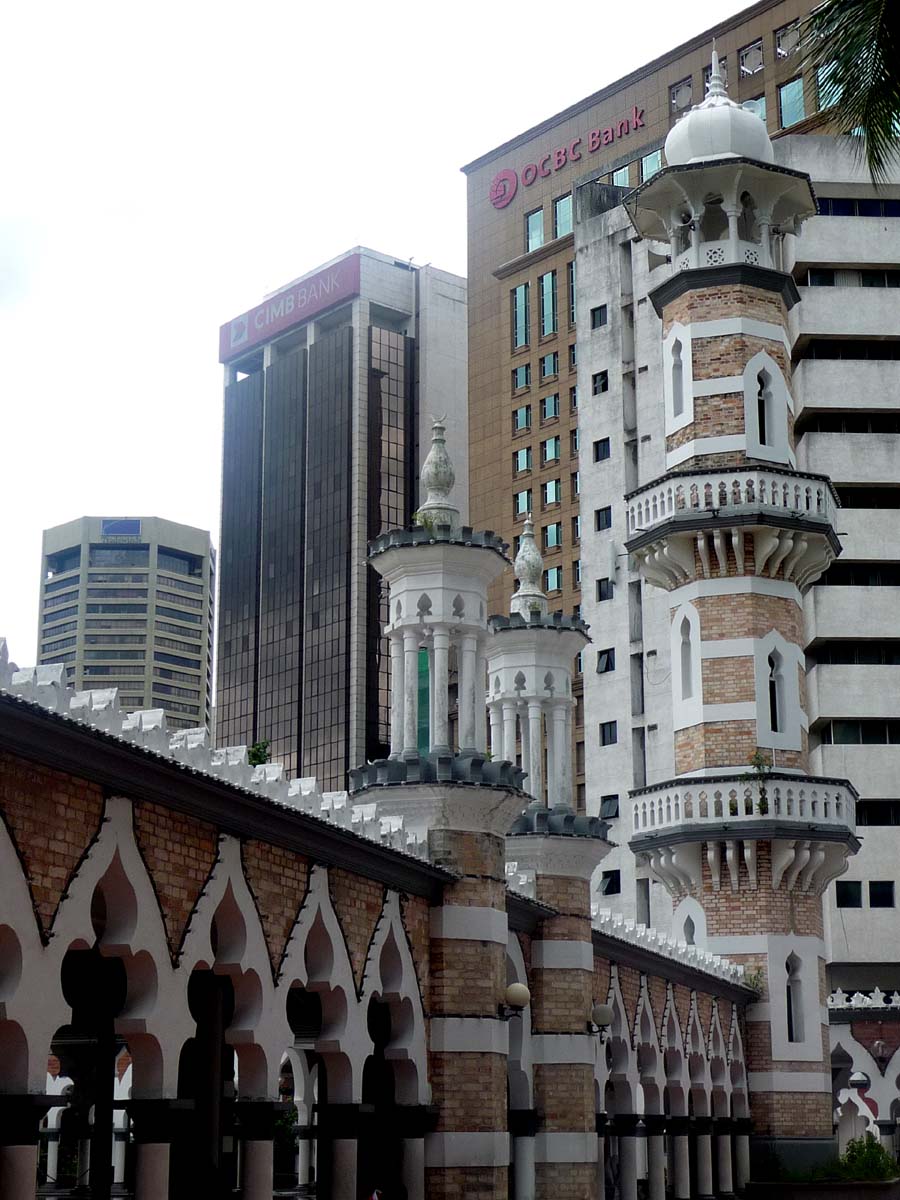
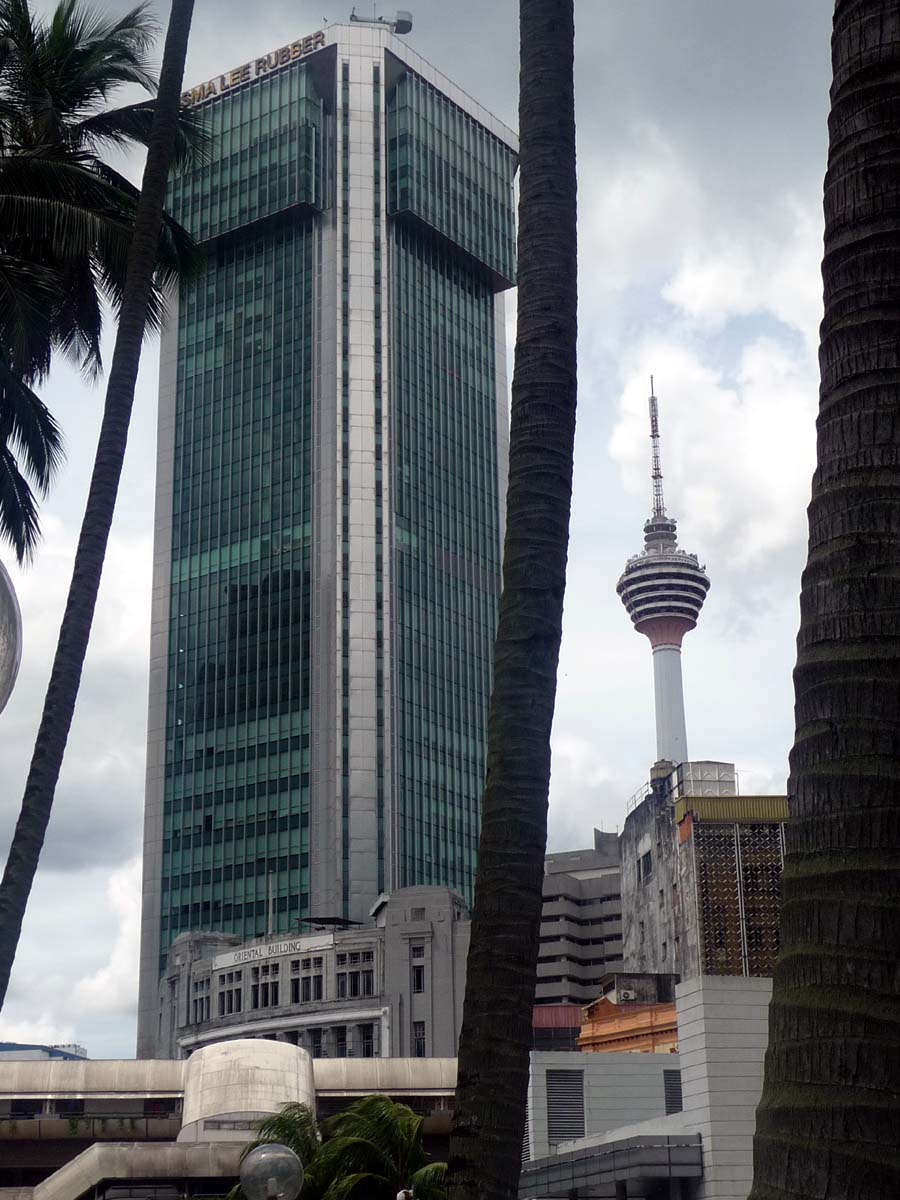
|
|
At the peak of his influences, Yap Ah Loy 葉亞來 was said to own two-third of KL and was one of the largest property owners in the city. |
|

|
|
Yap Ah Loy 葉亞來 was the mayor, police chief, liaison with the Malay and British political systems, developer, judge, tax collector, opium den operator, casino owner and brothel keeper all in one. |
|
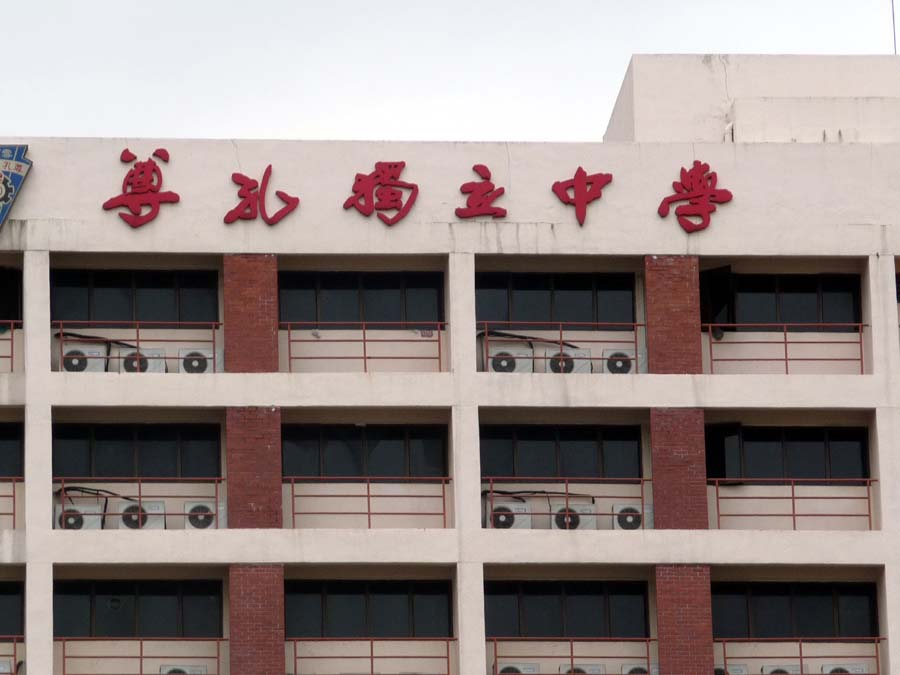

|
|
Yap Ah Loy 葉亞來 founded the first Chinese school in Kuala Lumpur, in 1884. |
|